|
Check out this year's kindergarten paintings inspired by Jasper Johns! Students focused on mixing tints and shades. Click here for details on how to make this project from a previous post!
Here is a link to some videos I made for this project, as well as some other video resources.
0 Comments
Pumpkins, pumpkins, pumpkins! They also made 3D pumpkins but I forgot to take pictures of those. Whoops! Here are some project details for you.
This was a project that I did when I student-taught with the fabulous Jen Dahl in Black River Falls. We started off reading a quick book about pumpkins then we made some art MAGIC! We retouched on the difference between 2D and 3D. The kiddos would be making two different pumpkins. Their first job was to stuff a paper bag full of crumpled up newspapers and then twist the top of the bag shut to make a stem. I gave them each a small cup of red and yellow and told them to mix it together to create some magic. 'It makes orange!' They shrieked as they mixed the colors together. It literally blew their minds! They used the orange to paint the rounded part of their 3D pumpkin. When they were finished, they put it in the pumpkin patch (on the counter) in front of the window so that our pumpkins could get some sunlight to grow! After they had finished that, they then painted a HUGE orange oval on a paper. This would later become their 2D pumpkin.
On day two, we used brown oil pastels to add lines to both our pumpkins. Then they cut out their 2D pumpkin. Next, they added a small brown stem and I showed them how to cut out a spiral for their pumpkin's vine. After they had finished their 2D pumpkin, they made some more art magic by mixing yellow and blue together to make green! They used this to paint their 3D pumpkin stem. They also learned to mix red and blue together to make purple. We used this to paint a large sheet of paper that would later become a background. We also talked about why each person ended up with different kinds of greens, purples, and oranges. The final day was spent gluing their 2D pumpkin to their purple background. Lastly, they used black and white paper to turn their pumpkins into jack o' lanterns. I love all the character that they have! I thought Piet Mondrian would be a good introduction into shape while also still dealing a bit with color and lines. It also just so happens that Mr. Mondrian is my FAVORITE artist! Mondrian was a Dutch painter who lived from 1872 to 1944. He was a leader of the artistic movement 'de stijl.' "Mondrian, and the artists of De Stijl, advocated pure abstraction and a pared down palette in order to express a utopian ideal of universal harmony in all of the arts. (www.theartstory.org)" Mr. Mondrian is known for only using the primary colors (red, yellow, and blue). He also only used straight vertical and horizontal lines which created squares and rectangles. No diagonals! These were the focus of our lessons. We began class by watching OK GO's music video The Primary Colors. Then we watched Broadway Boogie-Woogie (named after and inspired by one of Mondrian's paintings). The kids loved the Boogie-Woogie video! And if they were super quick cleaners at the end of class, we watched it a second time. We also looked at some of my artwork which is largely influenced by Mondrian. It was fun to listen to them compare and contrast Mondrian and I. Throughout the lesson I stressed the primary colors (red, yellow, and blue) and how they were the building blocks to all the other colors. You cannot mix any two colors together to make a primary color. You have to go to Walmart or another store to buy them! The kids caught on pretty quickly to the primary colors.
Then we turned our attention to vertical and horizontal lines. Since we have been learning so much about lines, my kinders were masters of knowing the difference between vertical and horizontal. To start the project, we re-touched on how lines have to hold their hands to create a shape. For this project, the shapes we would be making were squares and rectangles. Students practiced their scissor-skills by cutting out squares and rectangles out of primary colored papers. Our scissors were SOOOOO hungry after not eating any paper all summer! The kids were asked to fill most of their page with color, but it was fine if they had a little bit of white showing. They really got into this project and cutting out squares and rectangles carried over into a second day of the project. After they had finished gluing down all their shapes, they were then asked to dip a piece of cardboard in black paint and print vertical and horizontal lines. I LOVE how well these turned out Like the first and second graders, the kinders also learned about Piet Mondrian so if you read my post about the first or second grade Mondrian projects, some of this might sound familiar.
I thought Mondrian would be a good introduction into shape while also still dealing a bit with color and lines. It also just so happens that Mr. Mondrian is my FAVORITE artist! Mondrian was a Dutch painter who lived from 1872 to 1944. He was a leader of the artistic movement 'de stijl.' "Mondrian, and the artists of De Stijl, advocated pure abstraction and a pared down palette in order to express a utopian ideal of universal harmony in all of the arts. (www.theartstory.org)" Mr. Mondrian is known for only using the primary colors (red, yellow, and blue). He also only used straight vertical and horizontal lines which created squares and rectangles. No diagonals! These were the focus of our lessons. We began class by watching OK GO's music video The Primary Colors. Then we watched Broadway Boogie-Woogie (named after and inspired by one of Mondrian's paintings). The kids loved the Boogie-Woogie video! And if they were super quick cleaners at the end of class, we watched it a second time. Throughout the lesson I stressed the primary colors (red, yellow, and blue) and how they were the building blocks to all the other colors. You cannot mix any two colors together to make a primary color. You have to go to Walmart or another store to buy them! The kids caught on pretty quickly to the primary colors. Then we turned our attention to vertical and horizontal lines. Since we have been learning so much about lines, my kinders were masters of knowing the difference between vertical and horizontal. To start the project, we re-touched on how lines have to hold their hands to create a shape. For this project, the shapes we would be making were squares and rectangles. Students practiced their scissor-skills by cutting out squares and rectangles out of primary colored papers. Our scissors were SOOOOO hungry after not eating any paper all summer! The kids were asked to fill most of their page with color, but it was fine if they had a little bit of white showing. They really got into this project and cutting out squares and rectangles carried over into a second day of the project. After they had finished gluing down all their shapes, they were then asked to dip a piece of cardboard in black paint and print vertical and horizontal lines. I LOVE how well these turned out! |
Devon CalvertHarmony and Consolidated Elementary Art Teacher in Milton, WI. UW-Eau Claire graduate. WAEA President. Apple Teacher. Archives
March 2019
Categories
All
|

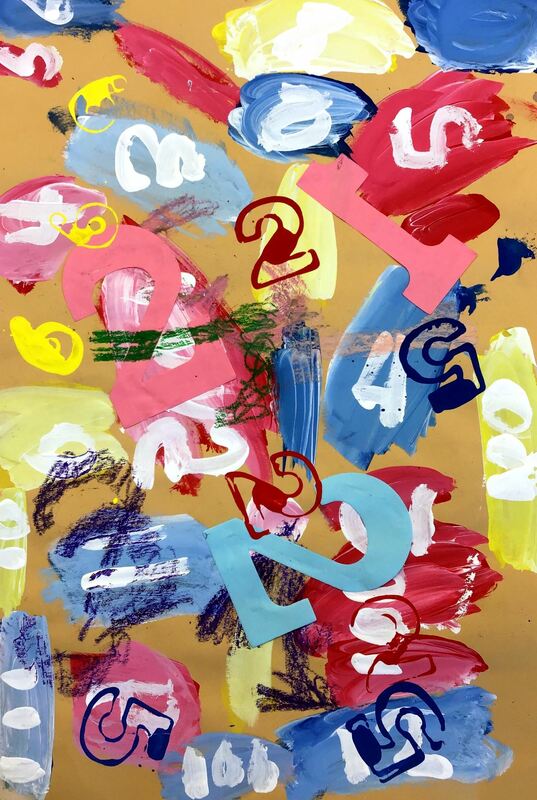



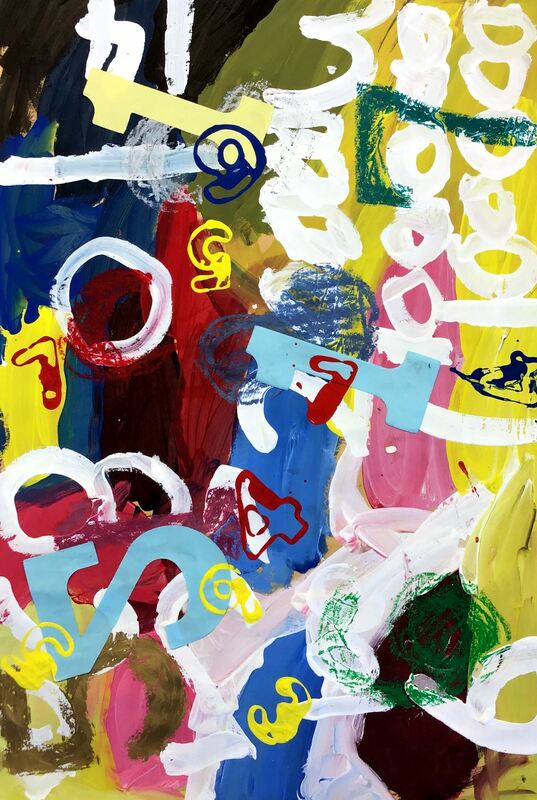








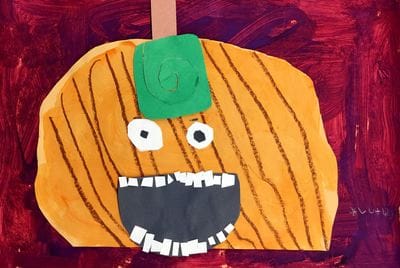


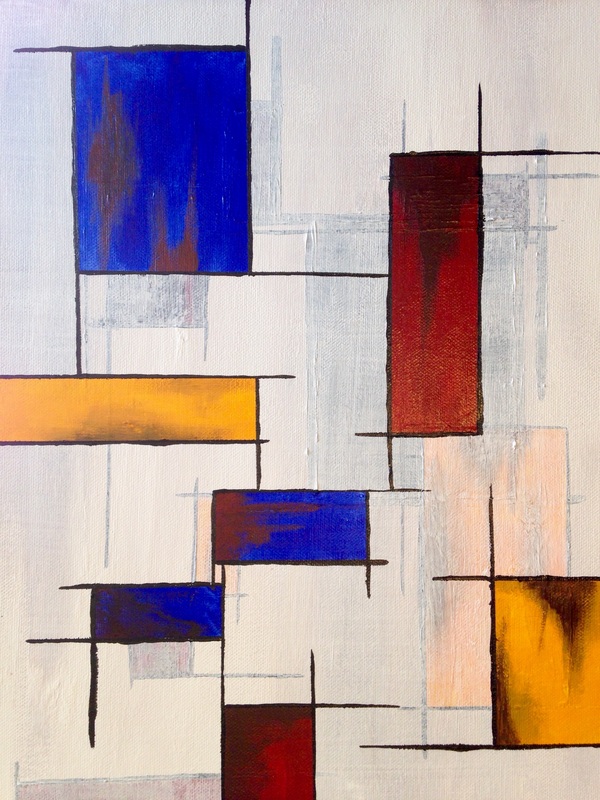






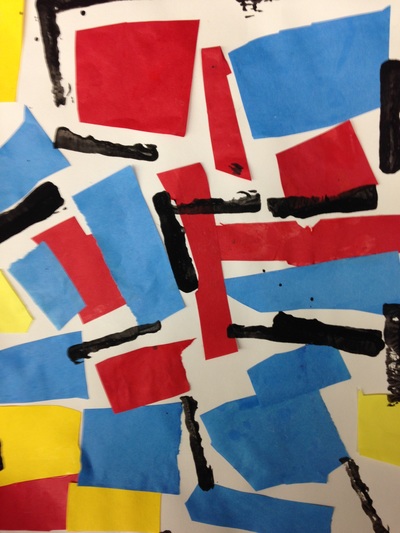


 RSS Feed
RSS Feed
